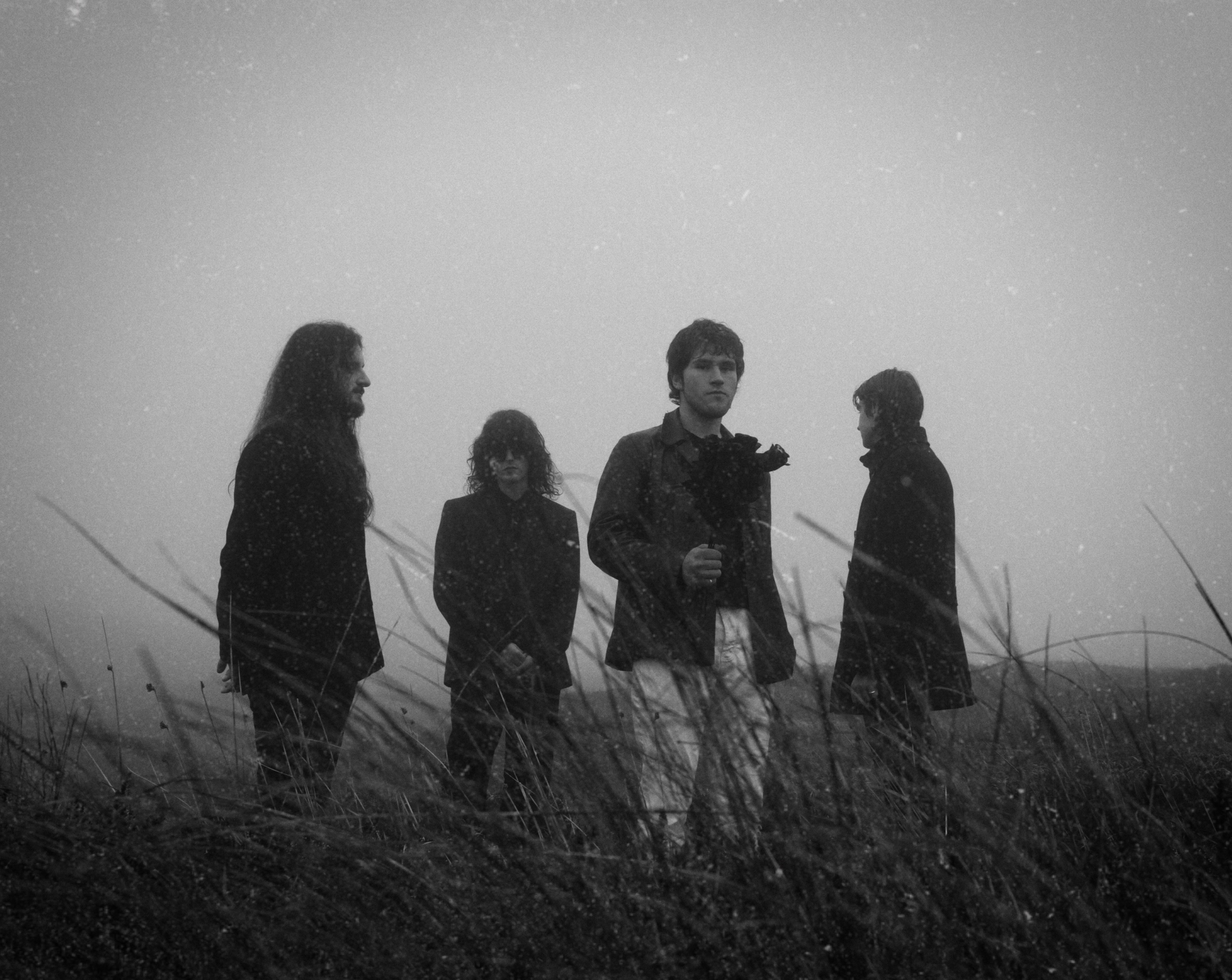Towards the end of 2023, when their second single “Prospect” was about to release, Post-Burnout spoke with Pierce Devine, the guitarist for the then-fledgeling Eadestown, Co. Kildare alt-rock band Blue Slate.
This year, we spoke with the band’s vocalist and guitarist, John Harney, and asked him what the band have been up to since that interview. “The dynamic’s definitely changed a lot,” he responds. “I think the two lads that came in when ‘Prospect’ came out, James [Hargreaves, their current bassist] and Tim [Tora, their current drummer]…We started to tour more, and started playing abroad and putting ourselves out there, finding ourselves, trying to do this kind of D.I.Y. thing, and it worked for us.
“We got tighter, and we got used to travelling, and we started writing more. Even when we found ourselves abroad, we were writing a lot more, and everyone started to write their own parts, and the songs started coming together more organically, and we started to develop our own sound a lot more.
“It was less of just me and Pierce, and more of the four lads, and I think that’s why the EP that’s coming out really represents that last year of us slaving away, touring, and trying to get known a bit more, to be able to release music at this point.”
Next month will mark the second anniversary of Blue Slate’s debut single, “Wipers,” which, considering the rapid acceleration the band have experienced since, doesn’t seem that recent. “I don’t know, I think it feels like a long time ago since ‘Wipers,’ anyway. It really does,” John says.
“I feel like it’s a really different band now. It’s taken its time. It’s weird; I don’t really reflect that much, especially when you’re constantly looking forward to the next release. I never really reflect on what we’ve done or what we are. I’m constantly looking on to the next thing. […] I’m just having a good time!”
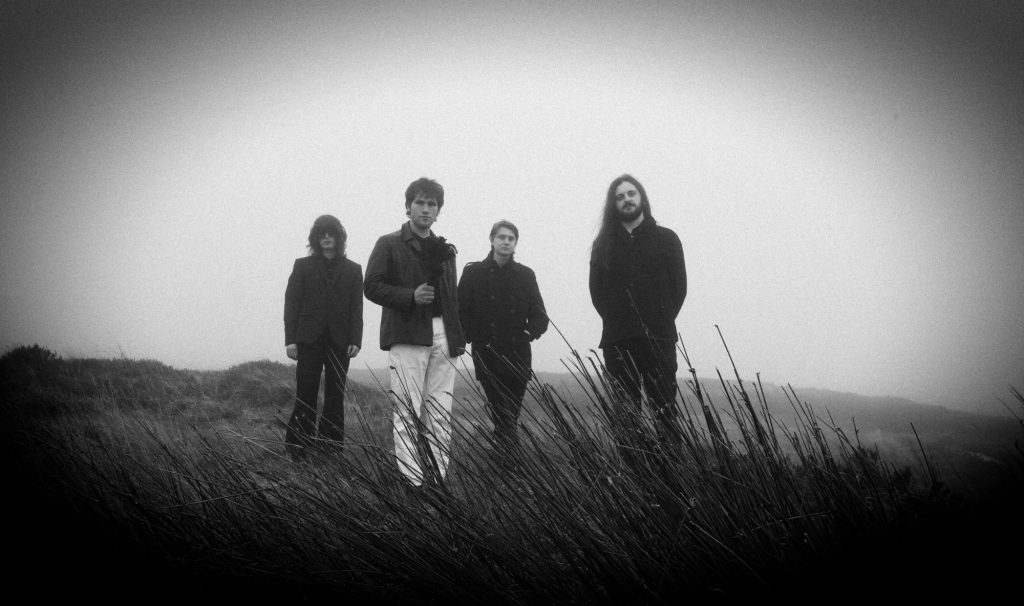
Courtesy of Amplify Agency
Making their trajectory more enjoyable is the fact that all the members get on well, which John credits partially to where they’re from and partially due to their similar backgrounds as musicians. “We’re all Kildareheads,” John says.
“I’ve known Pierce since I was a kid, and I’ve known James since I was a teenager. Tim came along when we were looking for a drummer, but we’re all really close friends. None of us did the whole ‘music college’ thing. Like, I’m coming from a country background, and, you know, we’re all country lads! [Laughs] We’re just music lovers that started a band.”
This amiability is crucial to their longevity, as James feels that comradeship is tested when bands are on the road, staying in hostels, and playing barely-attended gigs, as they have experienced when touring Ireland, the UK, the Netherlands, and France. “It could break a band, you know what I mean?” John says of that situation. “It could really break a band, and you don’t even realise, it’s not even the show itself; it’s living with each other.
“We’re lucky. We’re never really gone for long periods a time; we’re only three days away and then back, normally. We haven’t done a ‘tour.’ […] We’re trying to book a tour, now, for April and May, but, besides that, we have gotten to know each other well. Like, ‘OK, I’m not going to do this because it might annoy him, or I’m not going to do that.’ We all need a bit of space at our time, you know what I mean? It’s really important to know that, and I think that’s really important in a band’s dynamic.”
Co-habiting such close quarters has also changed the members’ listening habits. “I think Tim would be the best example because he was the last to join,” John says of this phenomenon. “He’s into whatever’s very heavy drum-oriented, and, ever since we all started writing together, he’s gotten more into listening to The Beatles with me. [Laughs]
“It’s mad because, when you’re surrounded by the band the whole time, you all end up listening to the same music a lot, you know? Like, we all got really into the Stones, all of a sudden. So, everyone’s listening to the Stones, then we found that we were writing in that same format, then we were like, ‘Here, we better stop and start getting back to our own roots, because then we’re just going to be a dad rock band,’ you know? [Laughs] But we all feed off each other.”
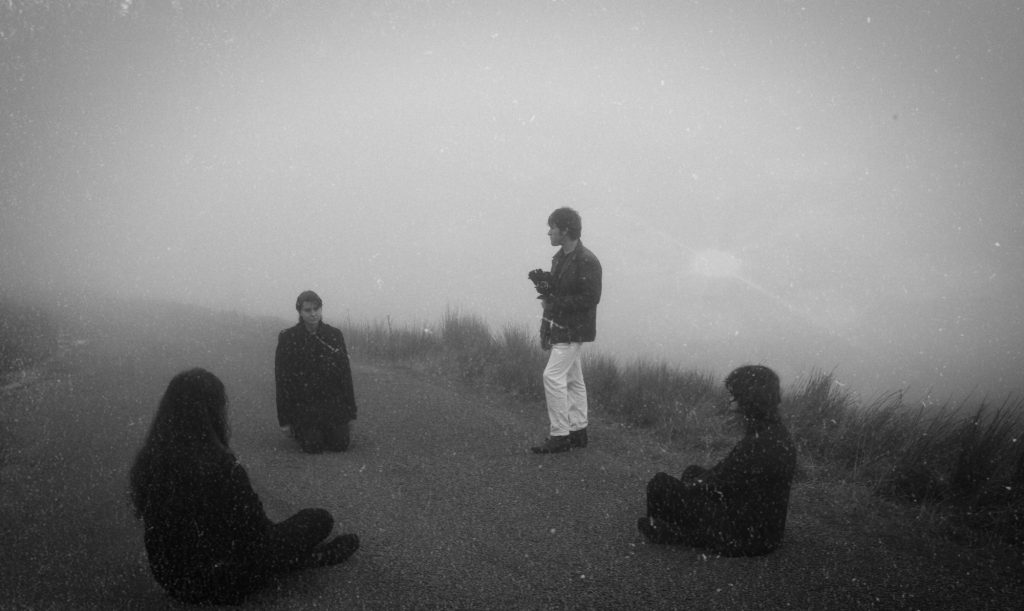
Courtesy of Amplify Agency
In his teens, John loved ‘80s hardcore punk music, like Bad Brains, Minor Threat, and Black Flag. As he got older, that music resonated with him less, but his admiration for the energy from the audience and artists in those recorded live shows persisted, and he incorporated them into his performances.
It makes for an interesting contrast if you catch Blue Slate live, as John is pogoing around the stage and doing his best Iggy Pop impression, while the rest of the band reticently blends into the background, á la My Bloody Valentine.
The hardcore sound never made its way into Blue Slate’s music, partially because its sonic parameters made it difficult to craft substantial material within and partly because of Pierce’s disinterest in the genre. Instead, their initial tracks were gaze-infused alt-rock, which coincided with shoegaze revivalism in the Irish music scene. “We didn’t do that intentionally!” John clarifies.
“We don’t have this grand plan! [Laughs] ‘We’re here to take over the industry!’ When we did shoegaze, we just loved shoegaze, and whenever we made a rock song, we just loved rock. It’s never [for] any particular reason, like, ‘Oh, I think that people will like this.’ No, it’s like, ‘This sounds good to us, so we’re just going to play it like this.’ We’ve written a new song, recently, that we’re probably going to go in and record, and the whole end of it has a very atmospheric, shoegaze-y kind of feel to it. So, we’re not losing it completely, but we don’t literally stand there, looking at our shoes.”
Since those first two singles, there has been a shift in Blue Slate, as heard on their debut EP, This Is How I Sleep At Night, which was released today on Blowtorch Records. “I think a lot of people expected us… – especially since ‘Wipers’ and ‘Prospect’ – …to be going down a shoegaze route, [but] we didn’t really want to feel boxed-in with the EP,” John says of its sound.
“Like, if you listen to the likes of ‘This Is How I Sleep At Night,’ the song, and then ‘Charlotte’s Song,’ we wanted to make sure that every song had its own life, you know what I mean? And it could walk; it had its own set of legs. It wasn’t as if, ‘OK, this whole EP sounds the same.’
“We wanted each song to have its own punch to it, and, in order for us to do that, we had to draw away from what people expected us to do. Well, that’s what I think, anyway. You know, we consciously made the effort to go down avenues that we’ve never been before, you know? Like, in ‘Charlotte’s Song,’ getting a violin in, or using overdubbing a serious amount on other songs, with sampling and all that. So, we tried to get ourselves out of our comfort zone, you know?”
The EP eventuated from a lot of trial and error on the band’s part. “We initially wanted to release the song, the title track, as a single,” John explains. “Then me and Pierce and the band, we all kind of sat down and said, ‘We kind of want to aim towards something, instead of just releasing singles.’ We said, ‘You know what? We’ll go into the studio, we’ll record five songs, get them down, and we’ll just do an EP and see how we feel about it.’
“So, we went in and recorded ‘This Is How I Sleep At Night.’ It took us two tries. We did it the first time in another studio with a different producer, and it just wasn’t coming out right. We got it mixed and mastered, and it just didn’t sound right. We just put it aside and went in and did ‘Charlotte’s Song,’ and it kind of gave us hope, again. We were like, ‘OK, this actually sounds fairly good. We’re happy with this.’
“Then we re-did ‘This Is How I Sleep At Night.’ We did ‘Marina Del Rey’ and ‘Lead Us Into Temptation.’ We did all of that in two days in Sonic Studios. We did that because I watched Breadcrumb Trail, that Slint documentary, and I remember hearing that they recorded that album [Spiderland] over a weekend, and I was like, ‘Oh, we’re kind of like Slint!’ [Laughs] It didn’t feel rushed, though, because we were well-rehearsed.”
This Is How I Sleep At Night has pushed Blue Slate in a new direction, but John makes it clear that this is not where their sound ends. “Whatever we do, it’s not contrived, anyway,” John says of their craft. “It’s all very natural.
“As I said, I think, with this EP, it’s going to be a very concentrated theme, musically and lyrically, but we don’t want to be rehashing the same thing over and over again after this EP. I think we’re just going to develop more and develop more. I want each thing to be very different from the last thing, so people can see a progression.”
Blue Slate’s debut EP, This Is How I Sleep At Night, is on all streaming platforms from today and will be available to purchase on vinyl from Blowtorch Records. You can keep up with Blue Slate’s music, gigs, and social media accounts through their Linktree.
Tune into POSTBURNOUT.COM Interviews… tonight at 21:00 (IST) to hear this full interview, where we go into further details about everything discussed, as well as chat about the Kildare music scene, hardcore punk, signing with Blowtorch Records, Elliot Smith, John’s criticisms of BIMM, music journalism and the Irish music scene, and much more. Available on YouTube, Spotify, Apple Podcasts, and Amazon Music Podcasts.
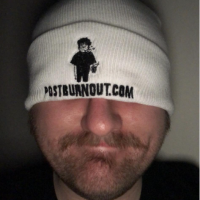
Aaron Kavanagh is the Founder and Editor-in-Chief of Post-Burnout. His writing can also be found in the Irish Daily Star, Buzz.ie, Totally Dublin, The GOO, Headstuff, New Noise Magazine, XS Noize, DSCVRD and more.

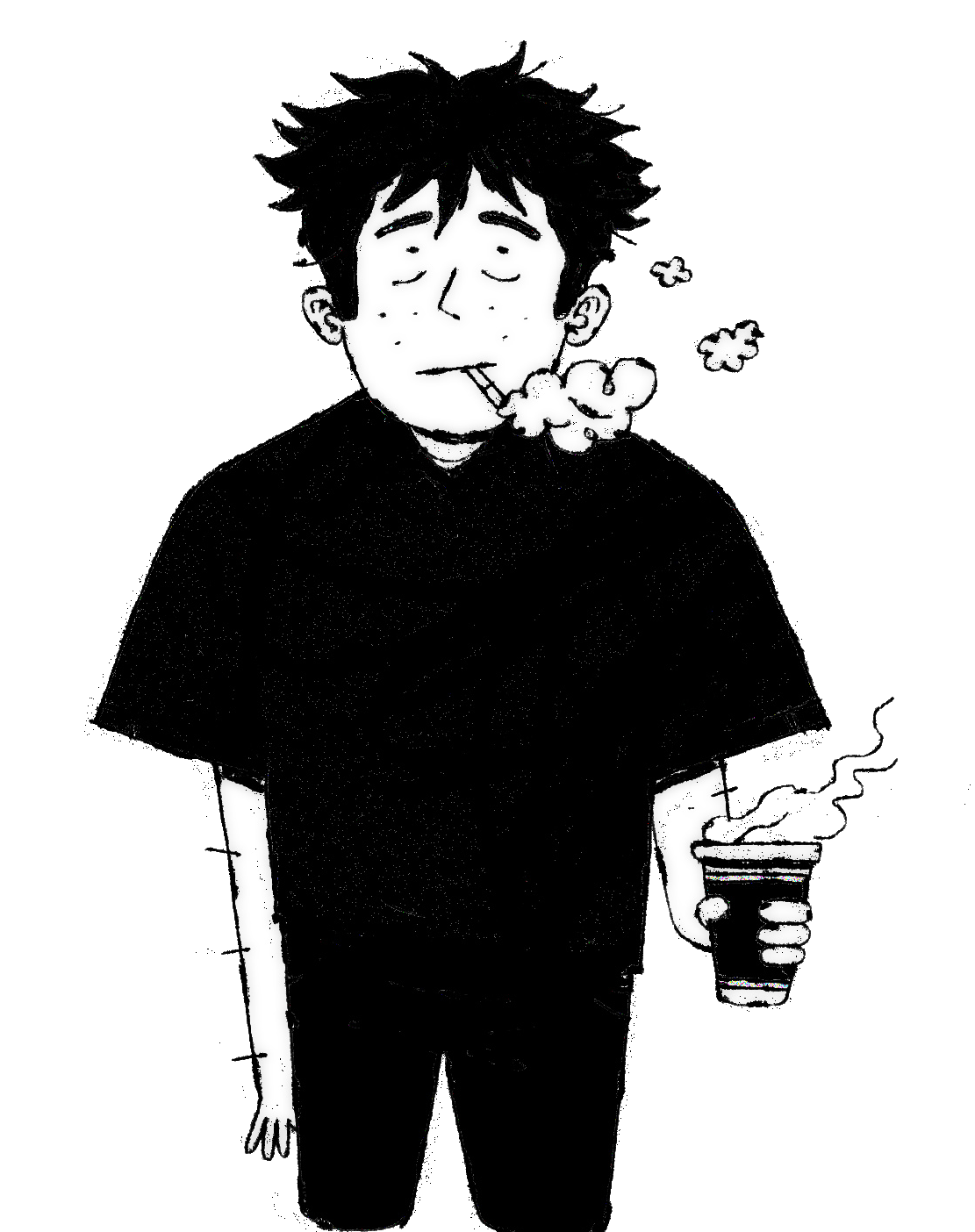 POST-BURNOUT
POST-BURNOUT